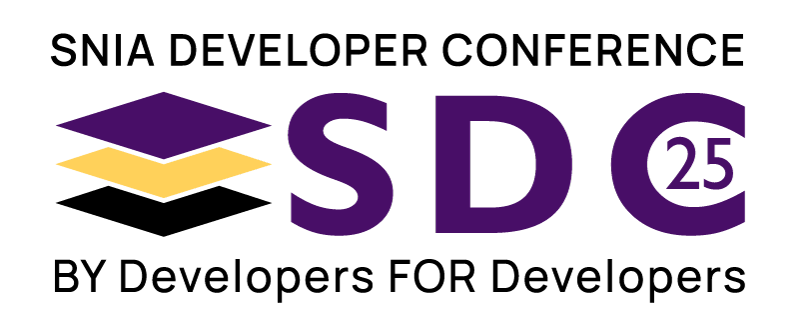
The latest Efforts in the SNIA Computational Storage Technical Work Group (CS TWG)

Salon IV
Tue Sep 13 | 1:00pm
Abstract
With the ongoing work in the CS TWG, the chairs will present the latest updates from the membership of the working group. In addition, the latest release will be reviewed at a high level to provide attendees a view into next steps and implementation of the specification in progress. Use cases, Security considerations, and other key topics with also be addressed.
Learning Objectives




